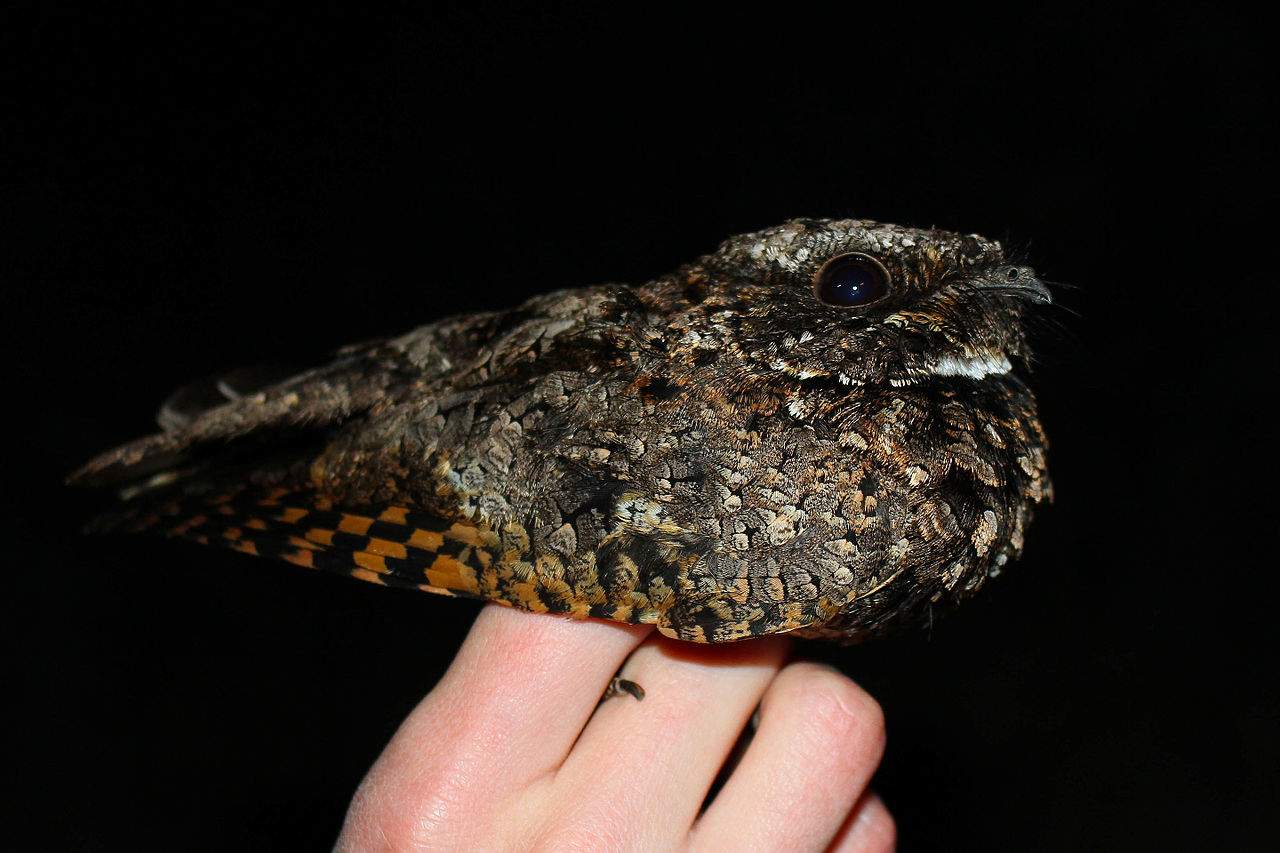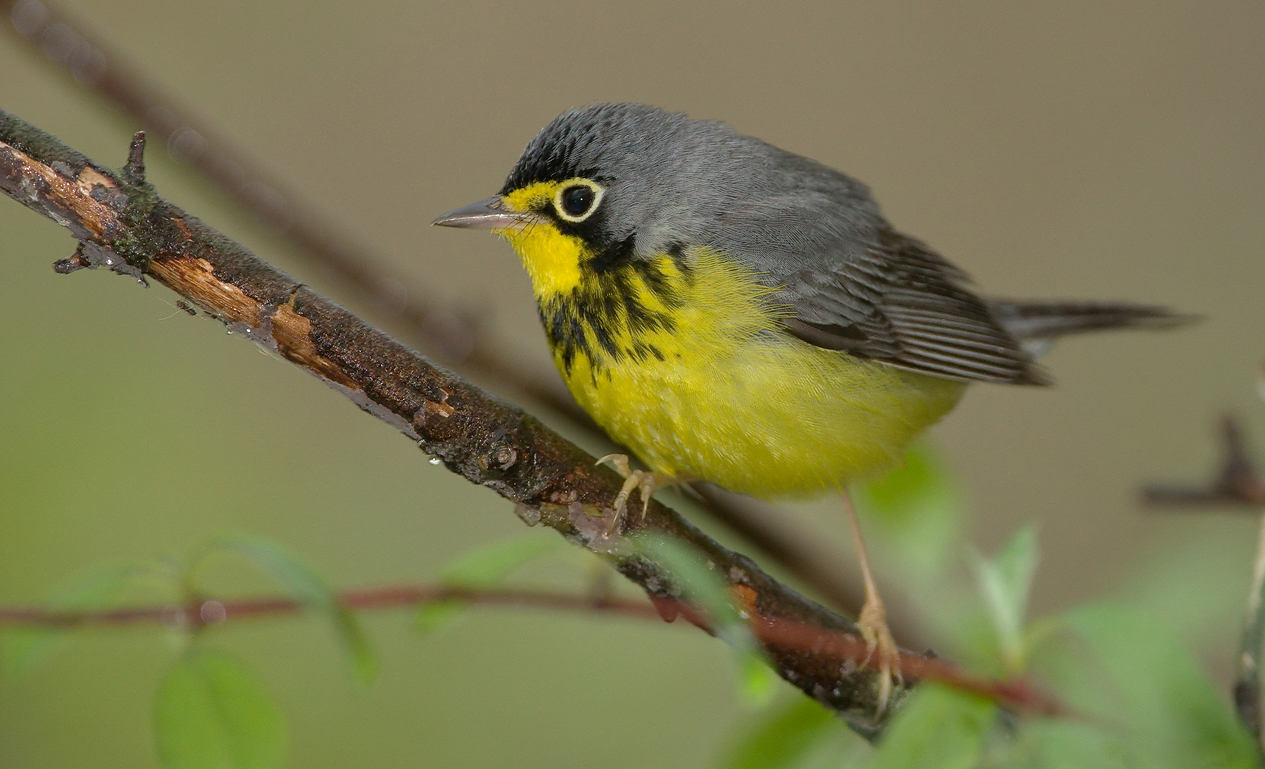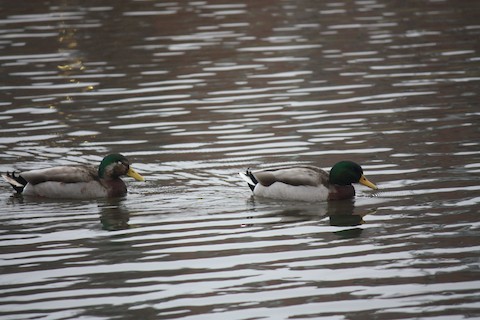Most of you have heard of Wordle. It's the word game that makes you guess the word of the day using the rules of the old game Mastermind.
But you may not have heard of BRDL. Same rules. But, instead of guessing a word of the day, you guess the four letter banding code of a specific bird species. Totally inside bird-nerd baseball stuff going on, but I have loved it ever since finding out about it.
And one of the reasons was that, apart from the fun of guessing the bird of the day, it gave me a chance to learn something new about a different bird every day (kind of like one of those Page-A-Day calendars, but you don't have to deal with tearing off the page and being left with that paper rind at the top)
And so I started writing them down in a notebook, but putting in on line is fun, and gives me a chance to practice being online. So here goes.
Thing is, I'm already a good week or two in, so I'll have to do some catchup. Maybe two or three a day until we get caught up.
Here's the way I see it -- it's kind of like Rex Parker for the NYT Crossword puzzle. But a much shorter puzzle.
1/30/22 - HOME - Hooded Merganser
The first time I saw a hooded merganser, there was a small fleet of them cruising around the reservoir a half mile from our house, during fall migration season. They're the smallest mergansers, are diving ducks, and mainly eat fish.
By Rhododendrites - Own work, CC BY-SA 4.0, https://commons.wikimedia.org/w/index.php?curid=99102166
1/31/22 - TUVU - Turkey Vulture
This was the second bird that came up once I started with BRDL. And I imagine that most people don't have a real high opinion of the 'TeeVee'. Two things changed my mind about that, though. First, the podcast This American Life had a bird themed episode a few months back called 'Spark Bird'. It's here if you want to give it a listen. The first story is about how the turkey vulture sparked an incredible birder to start his life passion. Cool story, and podcast, for that matter.
Second, though, was the fact I learned through cursory reading: Turkey vultures have a pretty well developed sense of smell, compared to other birds. And they're attracted to carrion and rotting material. You likely know that natural gas companies put a chemical into natural gas so that people can smell a leak. It turns out that when natural gas companies were trying to find a leak in a pipeline that was way out in the rural countryside, they would follow the circling turkey vultures, since they would be attracted to that smell.
By Charles J. Sharp - Own work CC BY-SA 4.0, https://commons.wikimedia.org/w/index.php?curid=47807279
2/1/22 - SNOW - Snowy Owl
Have never actually seen one of these incredible birds, although they do irrupt south into Massachusetts from time to time. The general thought used to be that irruptions would happen when there was a poor food supply up North, and owls would go further south in search of food. Now, the thinking goes, is it's actually the opposite -- a good food season leads to a bumper crop of owls, so there is more competition for food and they need to head further south.
By Jongsun Lee - Imported from 500px (archived version) by the Archive Team. (detail page),
CC BY 3.0, https://commons.wikimedia.org/w/index.php?curid=71361042
.jpg/1280px-%D0%91%D0%B5%D1%80%D0%BA%D1%83%D1%82_(Aquila_chrysaetos).jpg)







_(13667616745).jpg/1280px-King_Eider_(Somateria_spectabilis)_(13667616745).jpg)






.jpg)
.jpg/1280px-Gray_Catbird_(Dumetella_carolinensis).jpg)









.jpg/1280px-Hooded_merganser_male_in_Central_Park_(95790).jpg)
_in_flight.JPG/1280px-Turkey_vulture_(Cathartes_aura)_in_flight.JPG)
.jpeg/1280px-Snowy_Owl_(240866707).jpeg)

